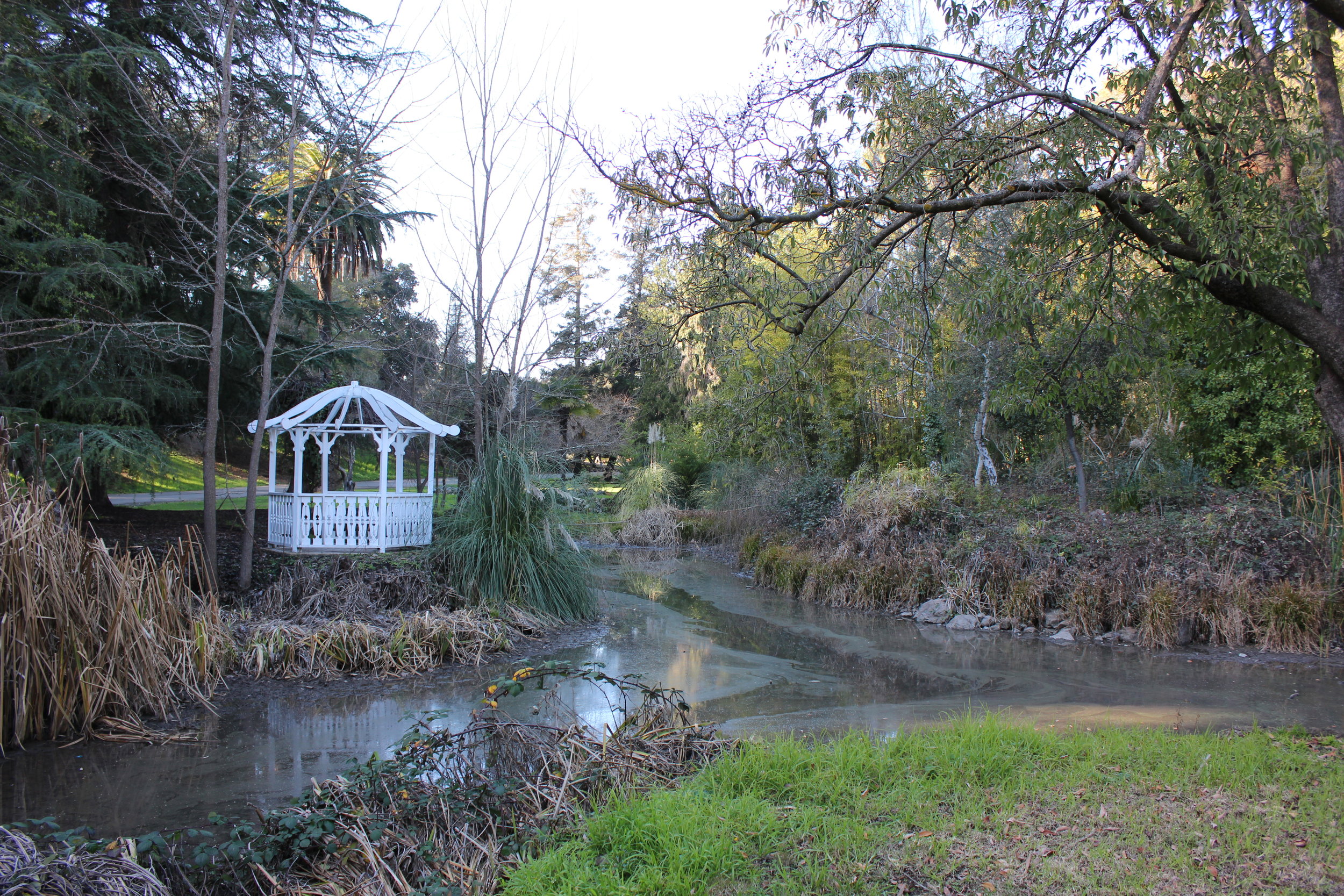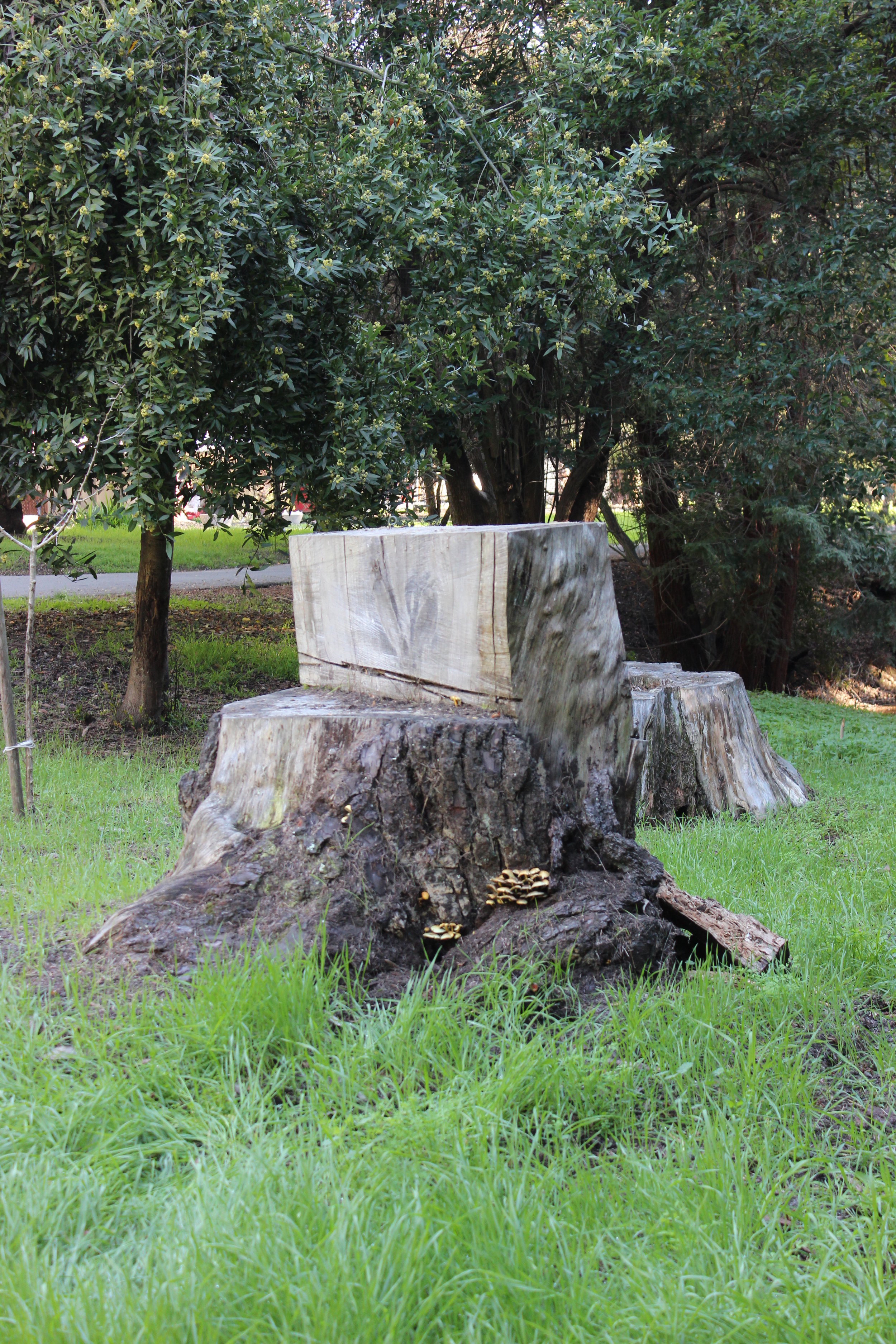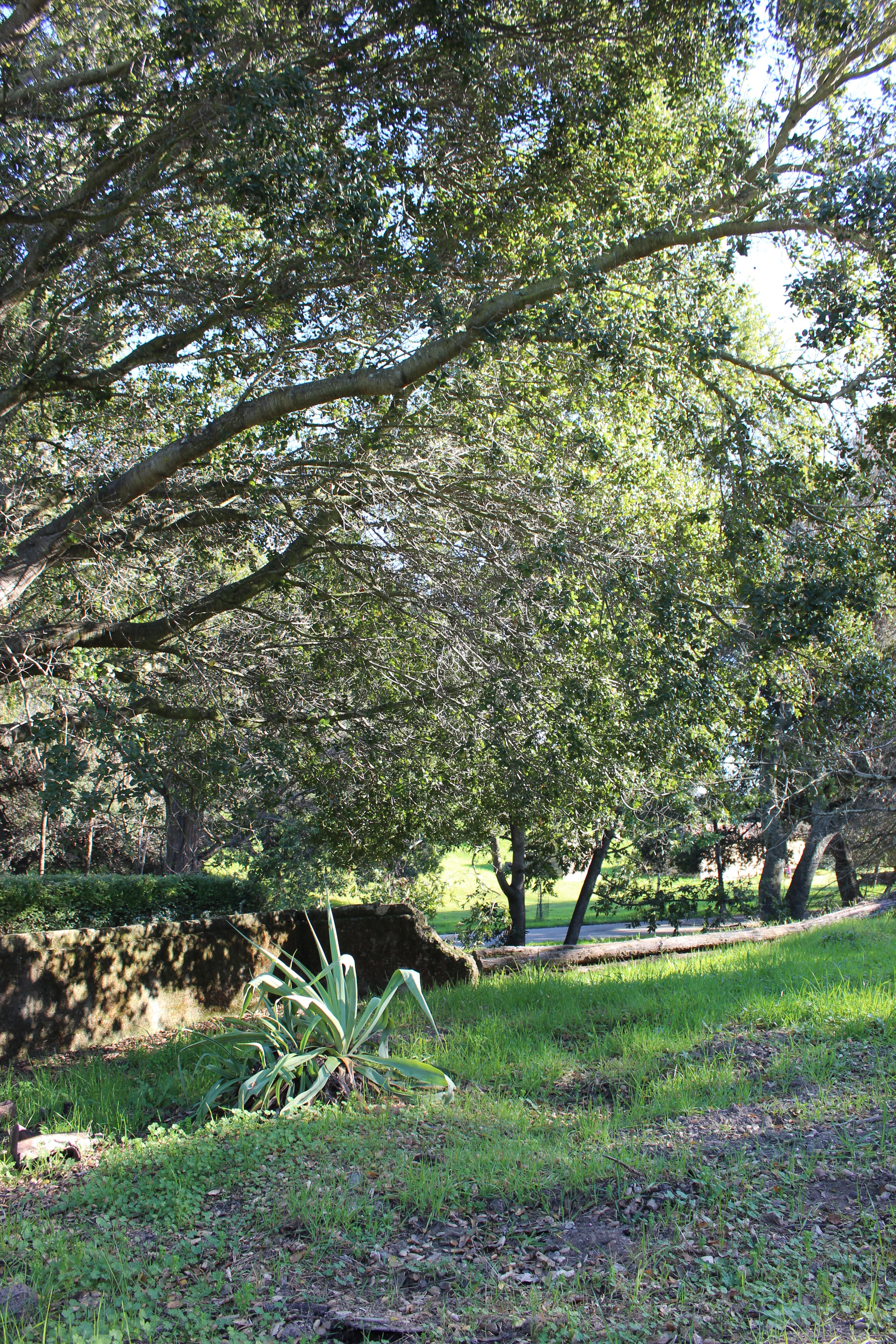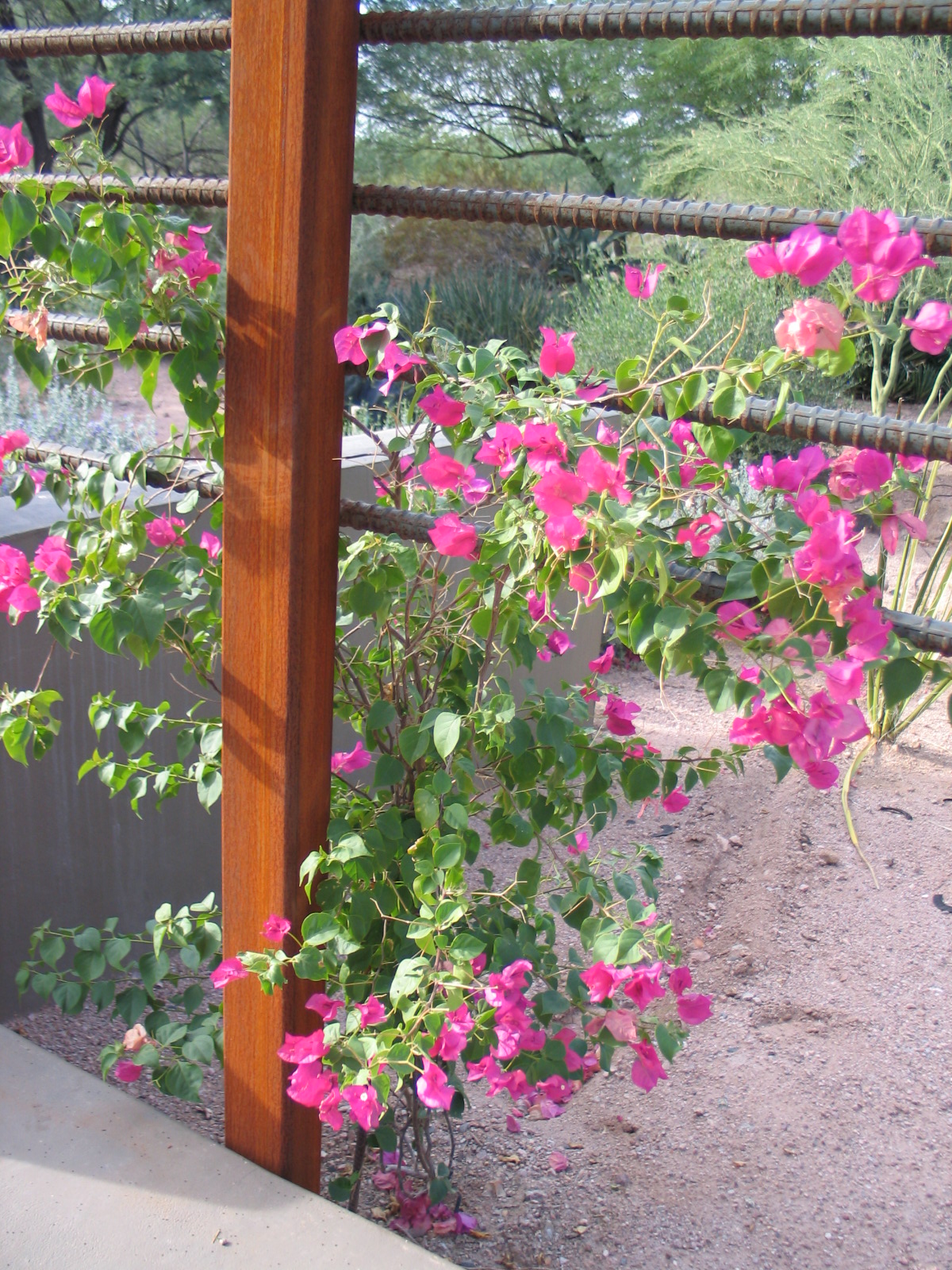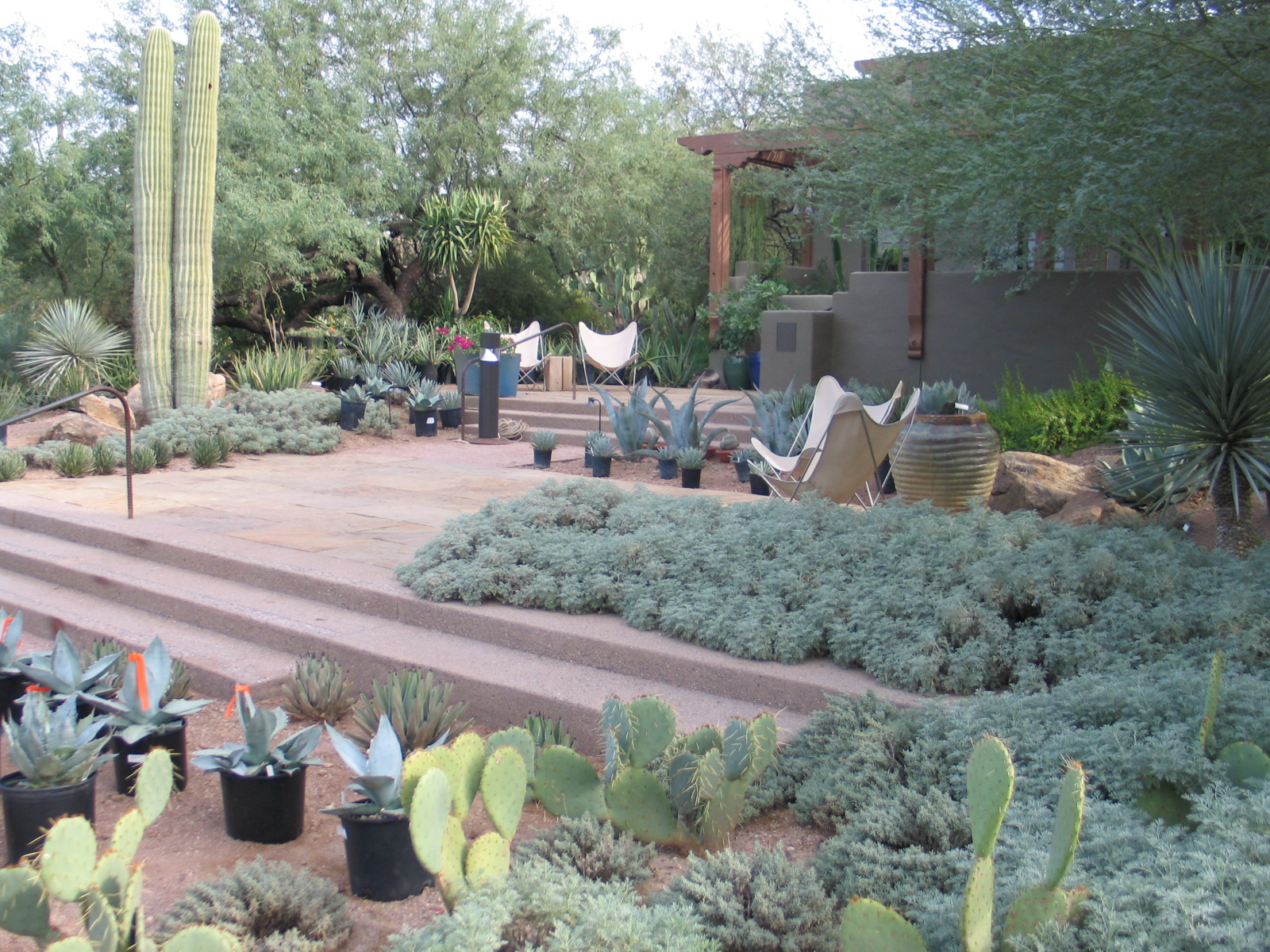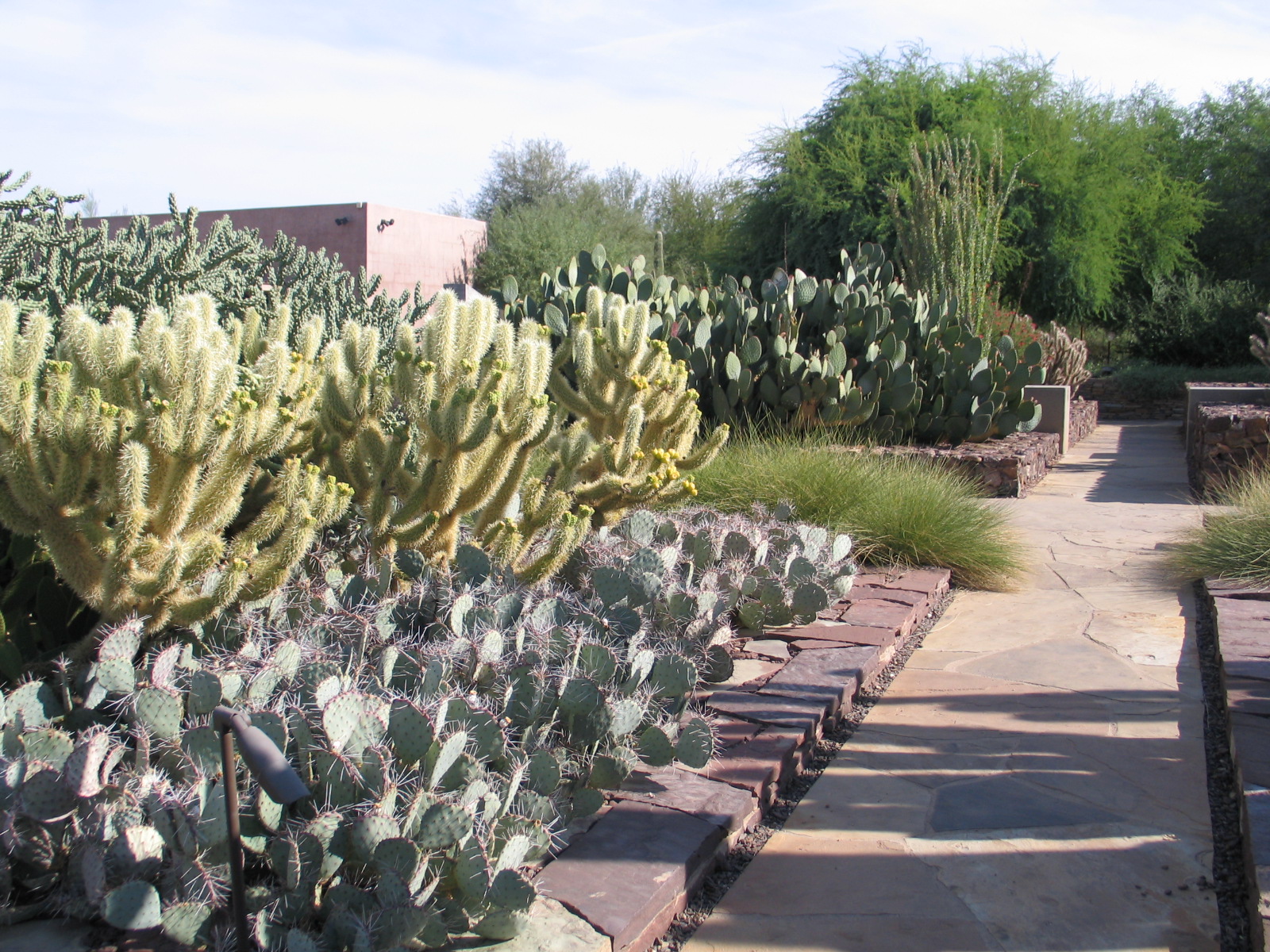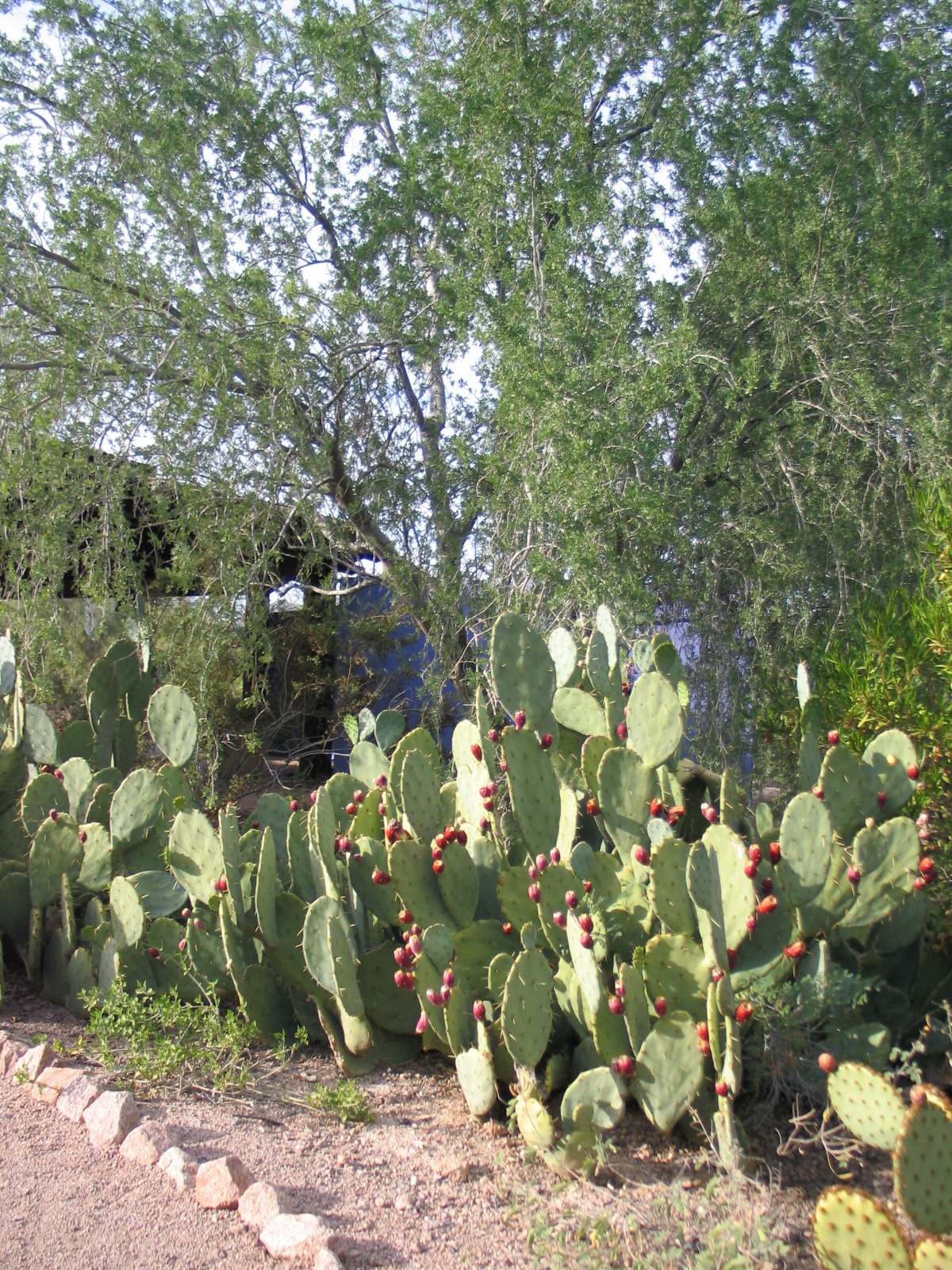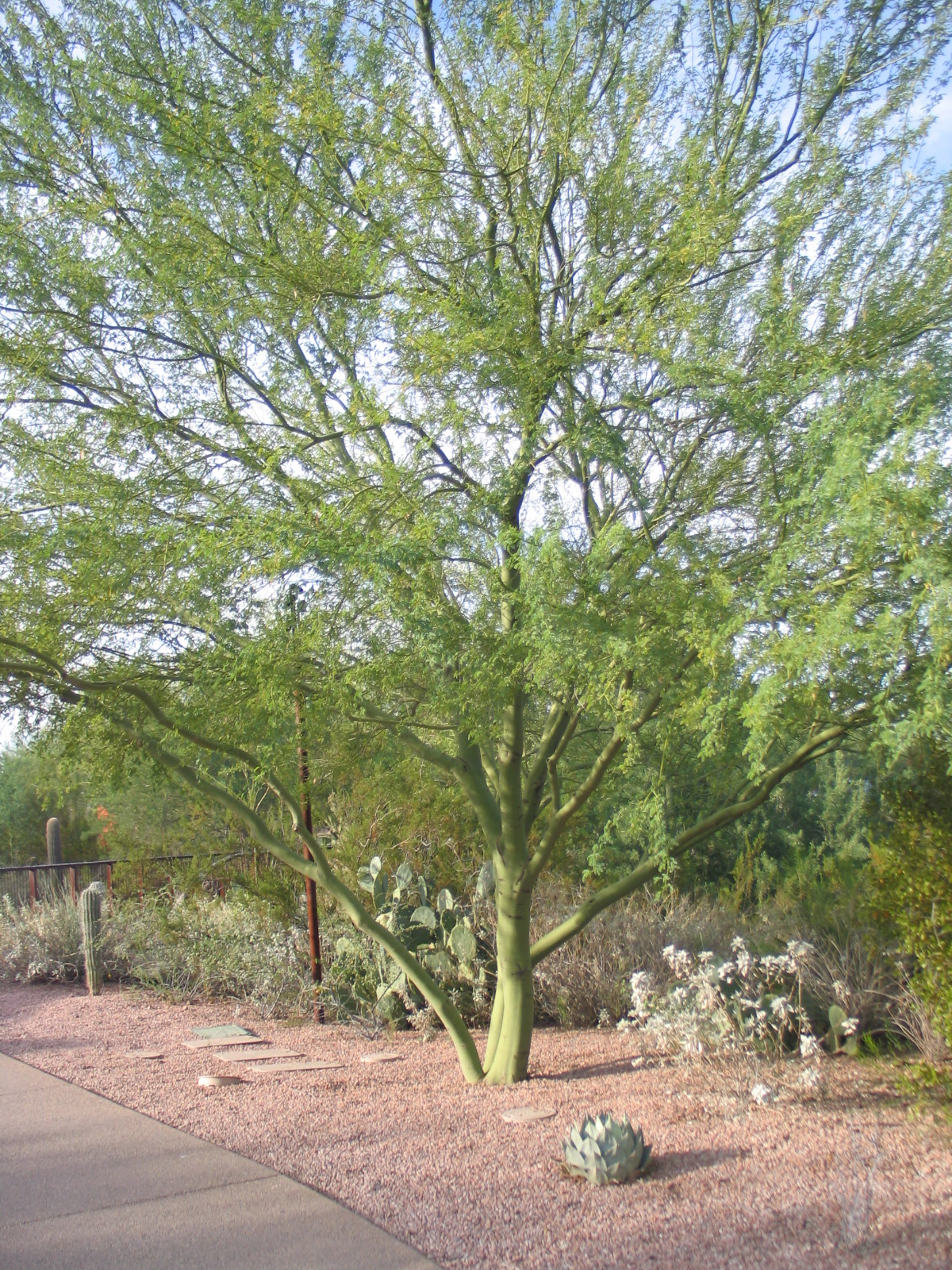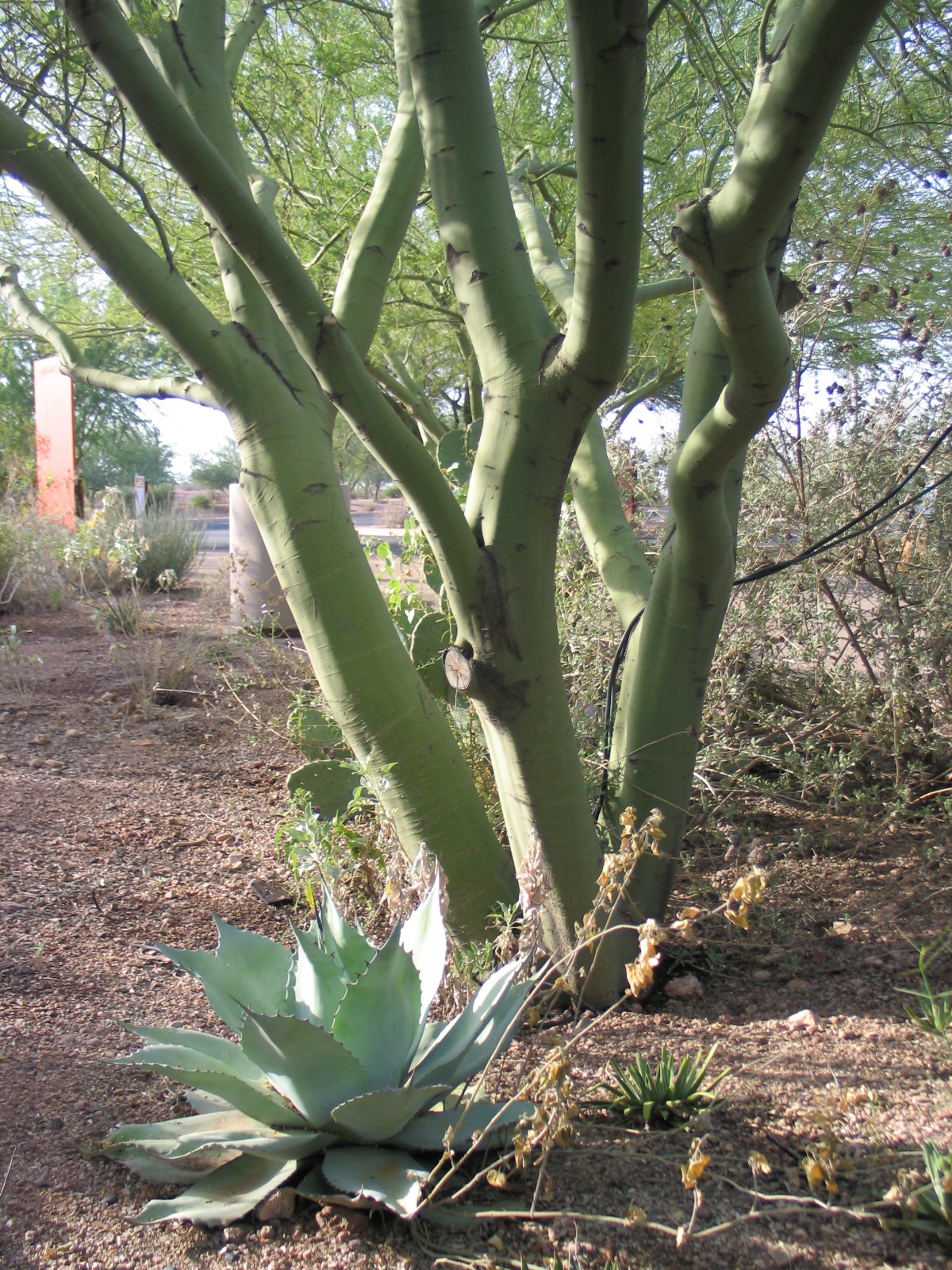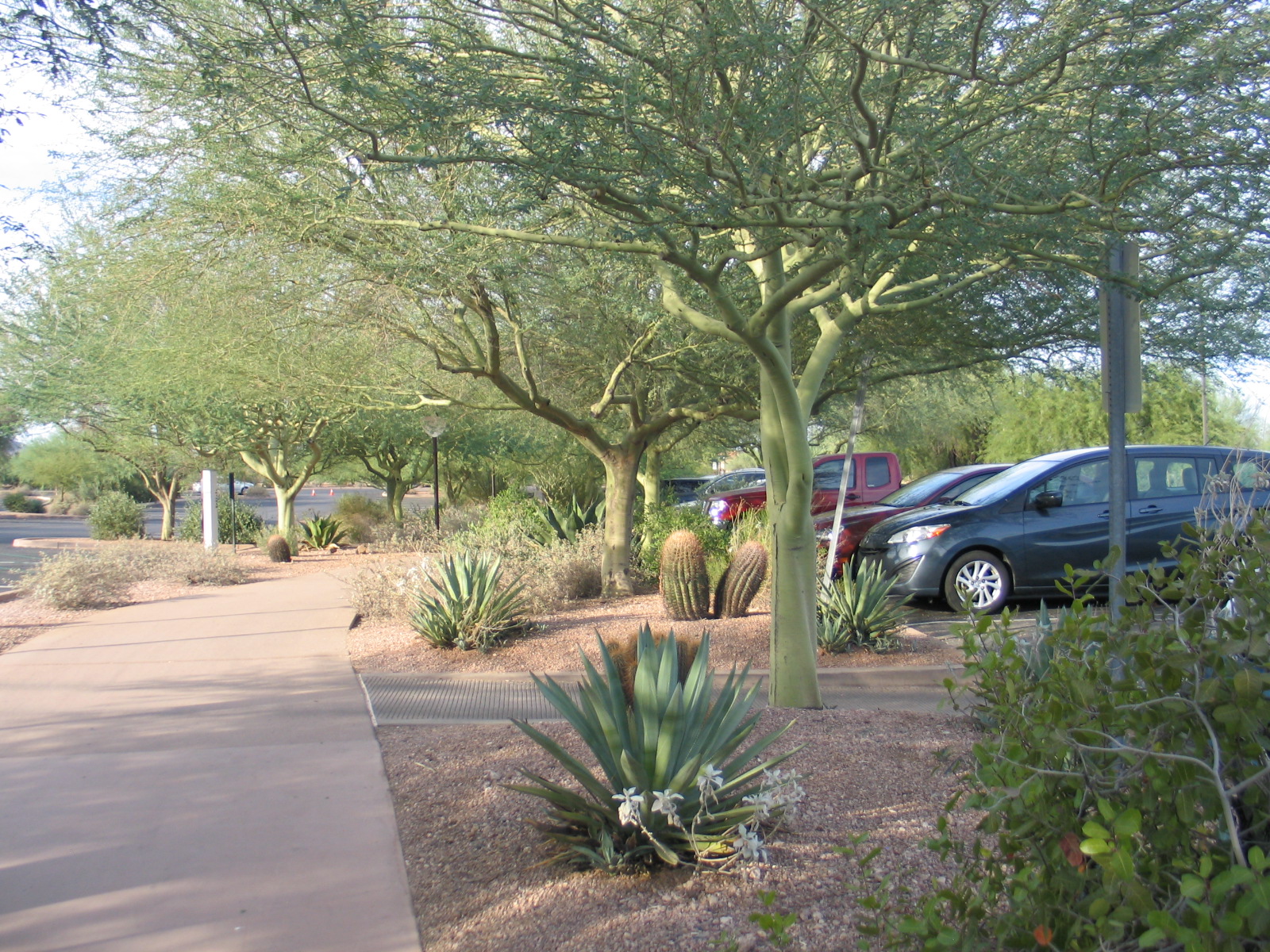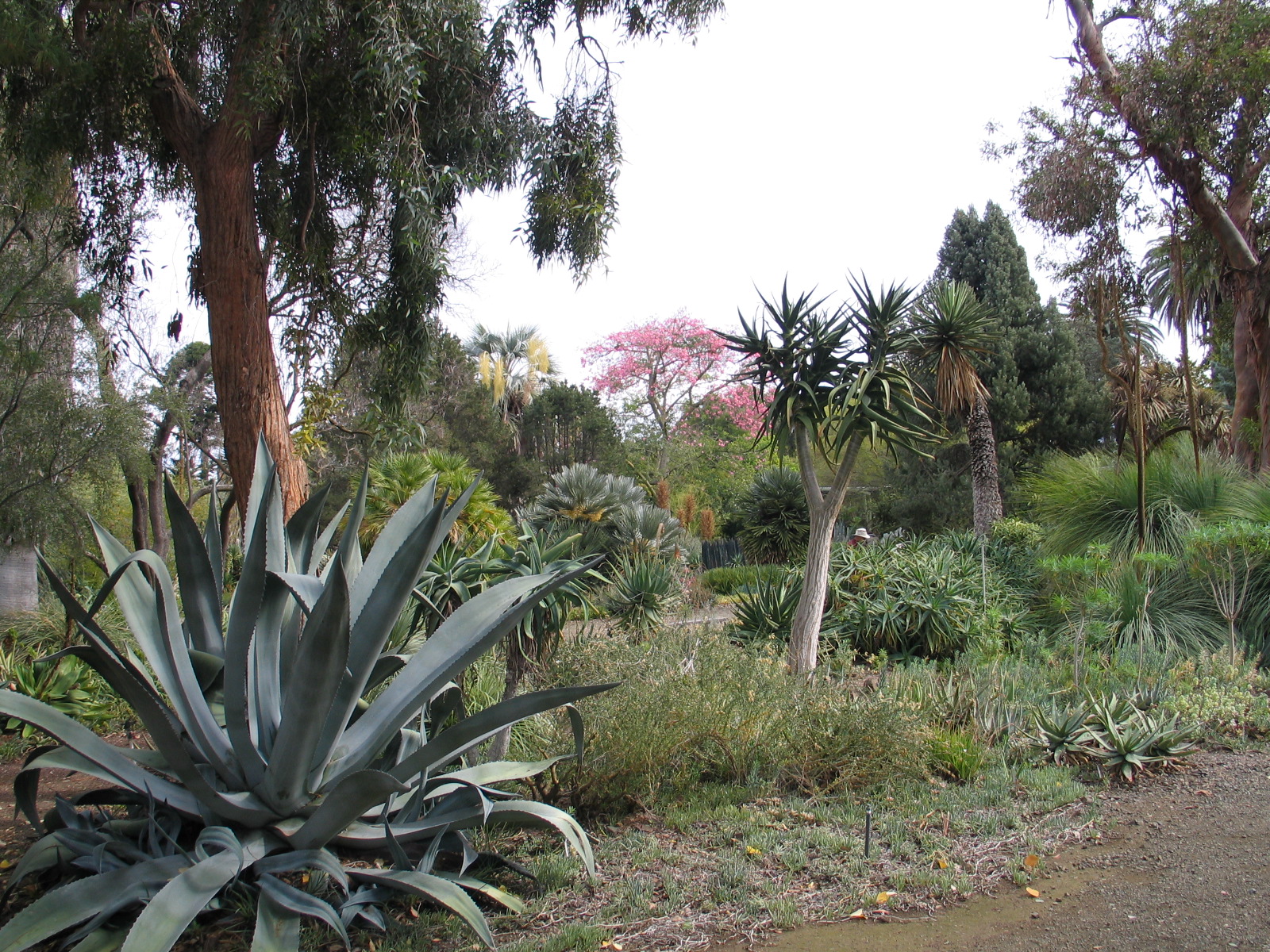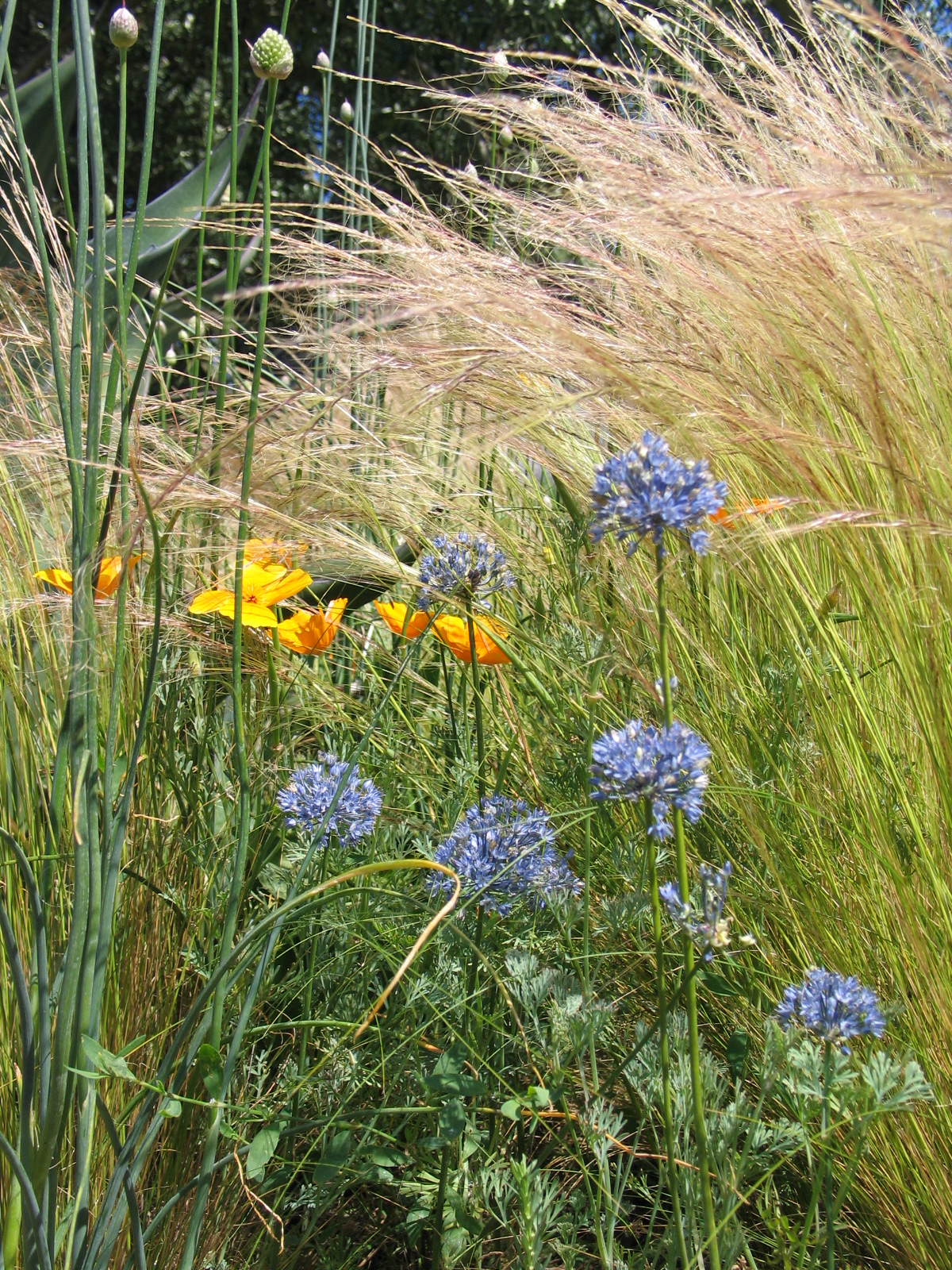I am so excited to tell you that I've been asked to serve on an advisory board for the Dunsmuir Estate! I'm told that this is the first advisory board since the City of Oakland took over care of the property, so I feel truly honored.I was just over there last Friday because I made an effort to remember to visit during their insanely restricted hours (it is an effort, even bank employees would drool over these hours!). I work from home not very far from this place and even still, I can't seem to get over there while they're actually open.... never-mind the times they should be open (imho) but aren't, like weekdays squeezed between major holidays and weekends (I tried to go last Black Friday for example). BUT, that's not the point I'm here to make.This place is a gem in the rough. Anyone who has read my blog before knows how much I enjoy visiting historic estates and gardens, but this one eluded me until a few months ago. SO, without further delay - a few photos from last Friday to celebrate my budding relationship with the folks who are working so hard to keep the place up and promote it. I'm plain ole thrilled about it.So above you see the Main House and the entry, ducks, fountain, and gazebo (drought? what drought?)....... and two benches with gobs of personality...... a couple of shots that I think exemplify the magic of the character of the place....... but I'll leave you with a shot of my favorite thing, the pool and pool house. I could do a whole post just on this one item, and I probably will, but it is such a magical, beautifully proportioned thing, I wish I had drawings of it to study, find out what it is about the space that is so magical, apply those ratios to my own work (even though I don't design by mathematical formula, I just want to "get" it and be able to replicate it). I dearly hope that this can someday be restored, but in the meantime, I'll stare at it and imagine what it must have been like.
Desert Botanical Garden in Phoenix
Two years ago this month I visited the Desert Botanical Garden in Phoenix, Az. Even though I was in Phoenix for the ASLA conference, I think I was more excited about visiting this garden than anything else. This year, they're celebraing their 75th anniversary - SEVENTY FIVE YEARS!The Desert Botanical Garden, despite being in the desert, has beauty, drama, softness, and life. There's a word that I hate (it starts with a "x" and ends in "scaping") that makes most people imagine a particular layout and use of plant materials that just makes my head hurt. Things have changed, though, and design of water wise planting has evolved!The folks at the Desert Botanical Garden have done a beautiful job with the materials they use. Most of the arbors, gates, trellises, and things like that are made with raw steel and rebar. They've oxidized into being gorgeous rusted pieces that are both crisp in their design and rustic in their finish. Next up is the use of concrete - oh yes, concrete is wonderful stuff! This board-formed concrete wall with the wood bench attached to it is so nicely detailed! There's this lovely seat wall with a green stone inlay that becomes a very discrete water feature at the other end. The water aspect of this would be easy to overlook, it is not showy or loud. Water, of course, is important for many reasons, but a big gurgling fountain would be out of place here. Tempting, but not appropriate.I only recall one other water feature, also a nice quiet, appropriate piece.Nearby were some very cool butterfly chairs with white slipcovers - they even looked refreshing - which caused me to realize that even if you don't sit or touch the water, the visual cue of taking a break is still a powerful (refreshing) force.Above you can get a real feel for the place - materials retain their integrity; for example, stone is used like stone, and it isn't just veneer. The colors belong here, and boldness is introduced sparingly. Here, the planting not only steals the show, it IS the show thanks to strategic restraint in all the other materials. Take a peek at the next several images - notice how the materials are used honestly, With color and a sense of place in mind, here are more of my favorites: Last, but not least I leave you with the parking lot (that's right, the parking lot) and a bunny with two quail (the quail blend, just behind the bunny to the right, in front of the succulents).Botanical gardens and arboreta are a big influence in my life and someday I hope to work on another one. In fact, I really should buy a lottery ticket because if I ever won, I'd buy some land and .... oh, do I have ideas!
A Garden in Italy
2014 June
While I was away neglecting my modern web-presence-building duties, I enjoyed working on a particularly wonderful little project.... a Bed and Breakfast in Italy! I have never been to Italy, but when my good friend and talented architect Glenda Flaim showed me her work on Casa Incantata, I asked if I could take a stab at the planting design which had yet to be finalized. Neither of us had any idea what would happen. Come on, what do I know about plants in Italy?! Niente. The way we worked around that, and got the garden done was a genuinely collaborative effort involving Glenda, the Owners, their gardener, some dutch visitors, and me:First, Glenda sent me a photo of the site with notes (in green) on her thoughts for the planting:We chatted about the decisions on the photo - why the hedge, what is the lawn for, stuff like that. I studied snapshots of the building and tried to imagine what it would be like to be there in person. Glenda mentioned that the house had just won a national award for sustainable architecture, and was photographed soon after I started noodling with the design of the garden on paper. You can see pre-garden professional architectural photos here and here. She sent me a computer drafted file of the site and I gathered photos of plants that came to mind.I started the planting design in June 2012:I mapped out the planting design in areas with palettes. The areas got names: there was "lawn", "spicy", "meadow", and "hedge". I wrote a description of how each of these areas would be different from each other, what forms and colors I was trying to emphasize, and what colors I wanted to avoid entirely. I wrote out how these plants would change with the seasons and the desired effects. With lists of plants and their written intentions, the memos were translated into Italian and back into English through Glenda.The Owners and their gardener started looking for the plants and sent word back what was available and not, and we figured out plants that might work instead. More memos handling spacing and layout were translated back and forth, plant research was done on both continents. Plants were purchased and installed as they were found; this took a few seasons to finish. Some were purchased in Italy, some shipped from the U.S., and the last, elusive bulb was a gift from some visitors from Holland who learned of the missing bulb in discussions of the garden during their stay.Over the last 2 years, I've gotten a couple of photos a season so I could see how the garden was doing. They had wasted no time getting plants in the ground. Later that same year (fall 2012), the lawn (Hernaria glabra) which also extended between the pavers, was getting its start:By the following Spring (2013) it had filled-in very nicely!The other plants were coming along too:By that Summer, you could see the different zones expressing themselves:And just last month, I got another update:It is challenging to know how a garden will look when you're designing it, and there were many anxious moments when I knew they were investing in my advice and I could only hope that the Owners would like the results. I'm not sure it is possible to tell if the image in my head matches what the garden will become. I can't know ahead of time if the Owners will like what the garden will become, and yet it is dependent on them and everyone who takes care of it to continue to support the design's intention as the garden is maintained.I am finally able to share (two years later) how things are going here in this post. I can also share that the owners are very happy with their garden, and conveyed to me this sentiment:
Il giardino che ho sempre sognato!!!
(The garden I have always dreamed about!!!)
I couldn't have asked for more.
Filoli March 2012
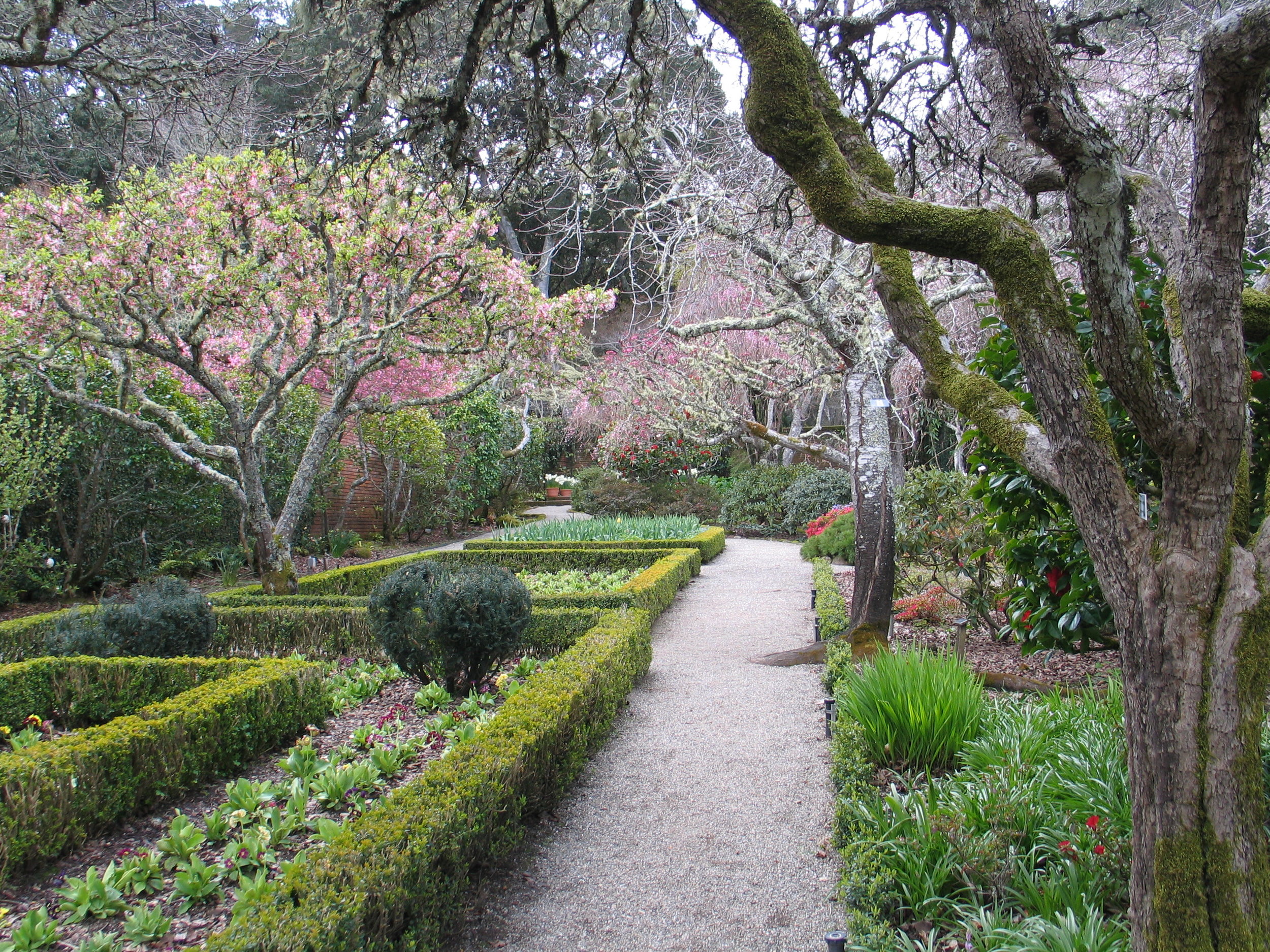 I went to Filoli AGAIN! I know, I know, I don't put up any new posts for practically a year, then I go to Filoli yet again, and start a fourth post on how awesome it is. Pretty lame, but I have a new friend (and an observation about the nursery industry) because of this particular trip.Filoli is awesome and the people watching (really, people overhearing) can't be beat. Best line of the day came from an elderly gentleman to his wife near the parking lot: "would you like me to carry your bag?". There were some ladies settled on a bench behind the main house talking about something that sounded very personal. I also enjoyed the murmurings of tour groups as they responded to their tour guide's proclamations, and a few occasions where people were clearly seeing something new to them (a double flowered daffodil confounded one woman who wondered aloud if it was really three flowers that had grown together). One visitor was wearing a pretty lavender scarf that was perfectly in tune with this planting of bulbs behind offices (near the gift shop).
I went to Filoli AGAIN! I know, I know, I don't put up any new posts for practically a year, then I go to Filoli yet again, and start a fourth post on how awesome it is. Pretty lame, but I have a new friend (and an observation about the nursery industry) because of this particular trip.Filoli is awesome and the people watching (really, people overhearing) can't be beat. Best line of the day came from an elderly gentleman to his wife near the parking lot: "would you like me to carry your bag?". There were some ladies settled on a bench behind the main house talking about something that sounded very personal. I also enjoyed the murmurings of tour groups as they responded to their tour guide's proclamations, and a few occasions where people were clearly seeing something new to them (a double flowered daffodil confounded one woman who wondered aloud if it was really three flowers that had grown together). One visitor was wearing a pretty lavender scarf that was perfectly in tune with this planting of bulbs behind offices (near the gift shop). So - while I was over here near the gift shop, I did a little poking around their plant selections and I just had to buy something that was new to me! I found a dwarf Wisteria called 'Kofuji'. It is supposedly a shrub form wisteria that will stay within 2-3' ht x sp (height by spread). I googled it and found very little information on it, but the label was from a wholesale grower, so there's hope of finding it again. I am going to stick it in a pot outside my back door and see what happens. Here's my new friend:
So - while I was over here near the gift shop, I did a little poking around their plant selections and I just had to buy something that was new to me! I found a dwarf Wisteria called 'Kofuji'. It is supposedly a shrub form wisteria that will stay within 2-3' ht x sp (height by spread). I googled it and found very little information on it, but the label was from a wholesale grower, so there's hope of finding it again. I am going to stick it in a pot outside my back door and see what happens. Here's my new friend: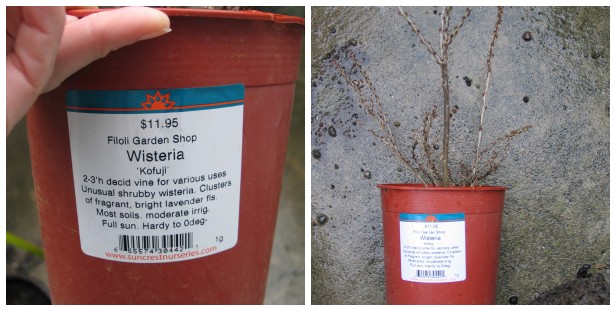 Here's what I'm getting to: I've had my own garden on my mind lately (as well as those of clients), and have been visiting local nurseries to see what is interesting. I depend on nurseries to carry a wide variety of plants including the newer introductions so that I can take pictures for my clients (especially of certain plants together!) and test grow stuff in my patio, see how they do, get to know them personally. I like to think that through this process, I can not only suggest the exact cultivar I would propose for their project, but also have a reasonable expectation of being able to secure that plant when the time comes. Unfortunately, even though my new Wisteria friend originated at a well known wholesale grower, I had to go all the way across the bay to Filoli to discover it.Sadly, nurseries have been struggling along with the rest of the design and construction industries for the last few years. Last year, I noticed that they were under-staffed, under-stocked, and had extended seasonal closures. This year, what I am noticing is a lack of variety and larger materials. They're selling old standbys in smaller sizes and have reduced or eliminated the expense of ordering from a wider number of growers and also are not putting as much effort into creating big displays that I am sure ate up some money for them in the past (but was probably worth it when people were buying!). They seem to be avoiding the riskiness of bringing in less commonly known plants. I can't usually leave a nursery without buying something, but this spring, I've been through several - the Wisteria is the first plant I bought this year - which is saying something!So please - go and show your local nursery some love (not Home Depot). Buy a small plant or some seeds, let them know you're still out there. Your community and your garden will thank you. Meanwhile, here's some more of the wonderfulness that is Filoli:
Here's what I'm getting to: I've had my own garden on my mind lately (as well as those of clients), and have been visiting local nurseries to see what is interesting. I depend on nurseries to carry a wide variety of plants including the newer introductions so that I can take pictures for my clients (especially of certain plants together!) and test grow stuff in my patio, see how they do, get to know them personally. I like to think that through this process, I can not only suggest the exact cultivar I would propose for their project, but also have a reasonable expectation of being able to secure that plant when the time comes. Unfortunately, even though my new Wisteria friend originated at a well known wholesale grower, I had to go all the way across the bay to Filoli to discover it.Sadly, nurseries have been struggling along with the rest of the design and construction industries for the last few years. Last year, I noticed that they were under-staffed, under-stocked, and had extended seasonal closures. This year, what I am noticing is a lack of variety and larger materials. They're selling old standbys in smaller sizes and have reduced or eliminated the expense of ordering from a wider number of growers and also are not putting as much effort into creating big displays that I am sure ate up some money for them in the past (but was probably worth it when people were buying!). They seem to be avoiding the riskiness of bringing in less commonly known plants. I can't usually leave a nursery without buying something, but this spring, I've been through several - the Wisteria is the first plant I bought this year - which is saying something!So please - go and show your local nursery some love (not Home Depot). Buy a small plant or some seeds, let them know you're still out there. Your community and your garden will thank you. Meanwhile, here's some more of the wonderfulness that is Filoli:
Pinterest and Design Communication
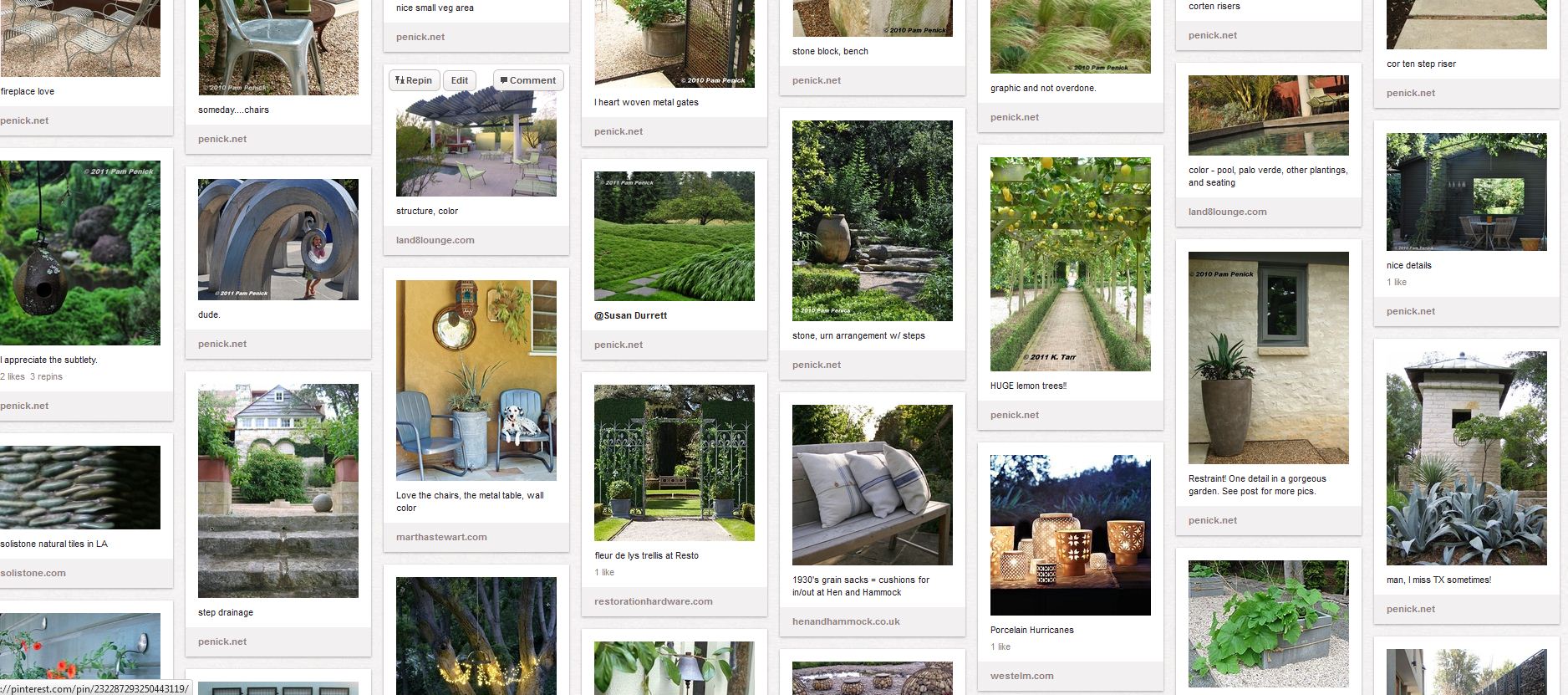 It never occurred to me until recently to use Pinterest.com as a communication tool in collaboration with a client. Granted, Pinterest can’t actually do the design work for me or my client, but it does allow for us to collaborate and understand each other in a common forum....which is proving to be so fun!Pinterest isn’t everyone's favorite tool, but for those who want to collect images and links in a web-based place, it is a lot of fun. Back in the day (like a year ago), I saved links as internet explorer's bookmarks and images were always saved to my hard-drive (which means I don't know where they came from). Now, I have links for non image-heavy things (like articles) on Delicious.com and images (with links!) are on Pinterest. I can access all this stuff as a resource from anywhere there's internet access. That's kinda handy! (What Pinterest is)I’ve only just tried using it with a client recently, and at one of our meetings, I asked what they thought. So far, so good – my client likes being able to share a photo with me, and we add comments back and forth for each other. It is so gratifying to see that my client has started a board for their project, and have “re-pinned” some “pins” from my various boards (with comments!) which helps me zero-in on exactly what they’re responding to.People can "pin" images from anywhere on the internet, and they can also upload images from their own computer... but don't mistake someone's pins for their own design ability or experience. The images come from all over the place, with and without express permission. There is some concern over permissions and Pinterest's user agreement. Several months ago, I did have the experience of re-pinning an image and then getting an email from Pinterest that the owner of that image had requested it be taken down, so they emailed me a link to the source and removed the image from every instance on Pinterest.So- if you're planning a project, or looking for an easier way to share images with your client or designer than saving and e-mailing both a link and the picture, this may be a useful thing for you!If you want to follow my boards, go ahead. I take no credit for the work you see there, though, unless expressly noted as my own.
It never occurred to me until recently to use Pinterest.com as a communication tool in collaboration with a client. Granted, Pinterest can’t actually do the design work for me or my client, but it does allow for us to collaborate and understand each other in a common forum....which is proving to be so fun!Pinterest isn’t everyone's favorite tool, but for those who want to collect images and links in a web-based place, it is a lot of fun. Back in the day (like a year ago), I saved links as internet explorer's bookmarks and images were always saved to my hard-drive (which means I don't know where they came from). Now, I have links for non image-heavy things (like articles) on Delicious.com and images (with links!) are on Pinterest. I can access all this stuff as a resource from anywhere there's internet access. That's kinda handy! (What Pinterest is)I’ve only just tried using it with a client recently, and at one of our meetings, I asked what they thought. So far, so good – my client likes being able to share a photo with me, and we add comments back and forth for each other. It is so gratifying to see that my client has started a board for their project, and have “re-pinned” some “pins” from my various boards (with comments!) which helps me zero-in on exactly what they’re responding to.People can "pin" images from anywhere on the internet, and they can also upload images from their own computer... but don't mistake someone's pins for their own design ability or experience. The images come from all over the place, with and without express permission. There is some concern over permissions and Pinterest's user agreement. Several months ago, I did have the experience of re-pinning an image and then getting an email from Pinterest that the owner of that image had requested it be taken down, so they emailed me a link to the source and removed the image from every instance on Pinterest.So- if you're planning a project, or looking for an easier way to share images with your client or designer than saving and e-mailing both a link and the picture, this may be a useful thing for you!If you want to follow my boards, go ahead. I take no credit for the work you see there, though, unless expressly noted as my own.
Associations
I read Studio G's blog often, it is a wonderful source of entertainment for me. I recently stumbled across this post, clicking on it because of the title "Religion & Garden Design". Read it.Reading that gave me the nudge I needed to finally mention associations here, they are powerful and invisible aspects of design work that must never be ignored. The better designers understand that they must get to know their clients so that subtle, personal conflicts of negative associations can be avoided and positive associations used for inspiration. Consider the meaning in shapes, colors, plants, orientation (East/West), and views.For example: when I see Beautyberry (the plant image in Studio G's post) I remember the Dallas Arboretum, visiting my friend Melinda, and working at a wonderful Dallas Landscape Architecture firm with wonderful people.The smell of Tomatoes reminds me of my childhood in Southern California, as does for Australian Tree Fern, Mother Fern, Amaryllis belladonna, Agapanthus, and Tuberous Begonias (especially the orange ones).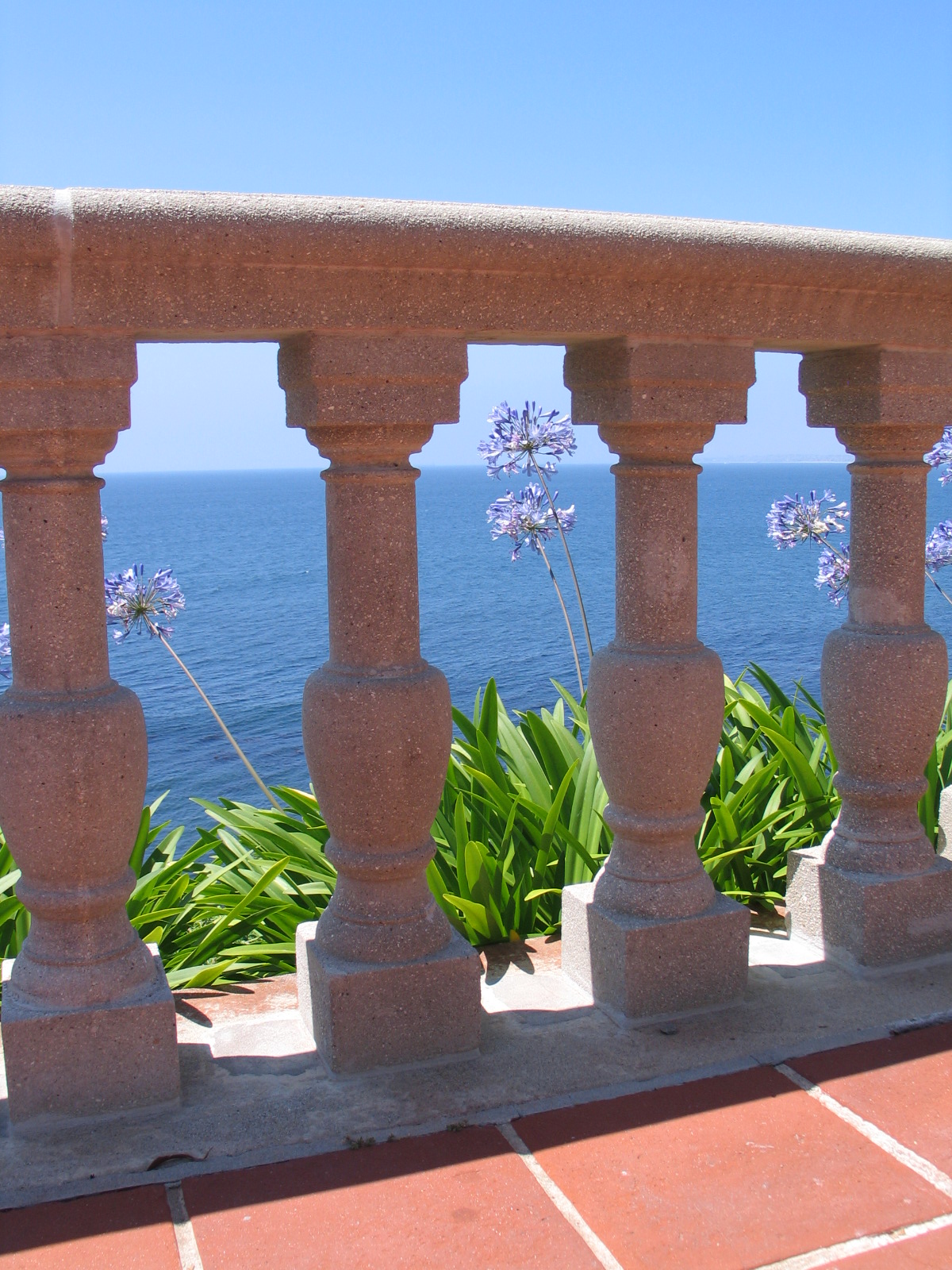 Red and yellow together remind me of Mc Donalds, which I don't think very highly of....I've seen Topher Delaney speak about her landscape work a couple of times, I also met her once at a lunch. At the beginning of a project, she asks her clients to tell her about where they lived when they were little. They have a conversation and get to know each other. She uses this more personal understanding in her design work and succeeds in bringing more meaning to the work than most.So - who are you designing for? ....and how will the design meet their needs, bring meaning, or make it beautiful for the eye of the beholder?
Red and yellow together remind me of Mc Donalds, which I don't think very highly of....I've seen Topher Delaney speak about her landscape work a couple of times, I also met her once at a lunch. At the beginning of a project, she asks her clients to tell her about where they lived when they were little. They have a conversation and get to know each other. She uses this more personal understanding in her design work and succeeds in bringing more meaning to the work than most.So - who are you designing for? ....and how will the design meet their needs, bring meaning, or make it beautiful for the eye of the beholder?
Favorite Projects
About 5 years into my career, I left a job working on a wide variety of projects (hospitals, schools, trail systems, public parks, commercial spaces, but very few private residences) for a job that was exclusively private residences and estate work. I thought at the time that I was "looking for the soul" in Landscape Architecture....
Read moreSentimental Plants
 My mom used to have "naked ladies" (Amaryllis beladonna) in her garden until she dug them all up and gave them to a neighbor. Lucky for me, she had some Nerine bowdenii shoved in a corner of the yard (not planted, just set aside bare) and when I asked if the Amaryllis were all gone, she stuffed the Nerine in a box and gave them to me. Hey, close enough. Every fall when these things bloom, I think of "home" (though I haven't lived there in quite a long time).I've had a few clients with similar hand-me-down plants, and I think these are (depending on the client's wishes, of course) essential to any new design work. How rude would it be if you had a Hydrangea from a loved one's garden (heaven forbid that person is gone!) and I just designed it right out (and oh, yes, I've seen this happen) of the new garden.So below are my Nerine. I'll come clean with you: my yard is a disaster area (no, check that - it is a teensy American Meadow), I haven't done any maintenance since spring, staying inside and working on everything else instead. I live in an apartment, so yes, my friends, the Nerine are living in a kitty litter bucket with holes drilled in the bottom. They don't seem to mind, I pay them absolutely no attention whatsoever and look what they gave me back this year:
My mom used to have "naked ladies" (Amaryllis beladonna) in her garden until she dug them all up and gave them to a neighbor. Lucky for me, she had some Nerine bowdenii shoved in a corner of the yard (not planted, just set aside bare) and when I asked if the Amaryllis were all gone, she stuffed the Nerine in a box and gave them to me. Hey, close enough. Every fall when these things bloom, I think of "home" (though I haven't lived there in quite a long time).I've had a few clients with similar hand-me-down plants, and I think these are (depending on the client's wishes, of course) essential to any new design work. How rude would it be if you had a Hydrangea from a loved one's garden (heaven forbid that person is gone!) and I just designed it right out (and oh, yes, I've seen this happen) of the new garden.So below are my Nerine. I'll come clean with you: my yard is a disaster area (no, check that - it is a teensy American Meadow), I haven't done any maintenance since spring, staying inside and working on everything else instead. I live in an apartment, so yes, my friends, the Nerine are living in a kitty litter bucket with holes drilled in the bottom. They don't seem to mind, I pay them absolutely no attention whatsoever and look what they gave me back this year: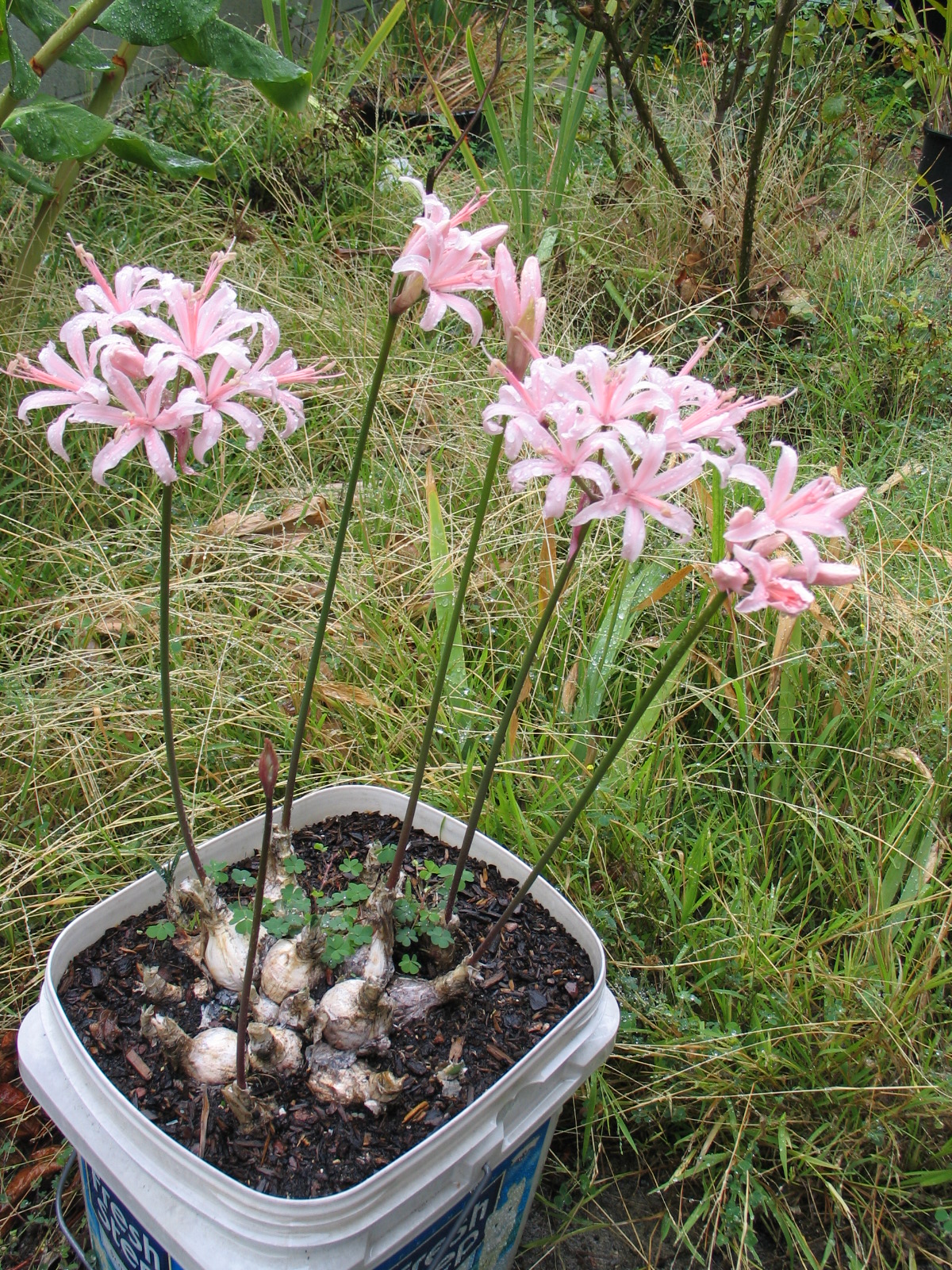
Ridiculous quantities of inspiration
GAP Photos is a UK based website that has an insane quantity of garden photos. They've got the most amazing search abilities, and their photos list actual plant names whenever possible. Being of the UK, most of the images are "english garden" types, but there's also images of flower shows (like Chelsea) and beautiful veggies. I think the site speaks for itself, just watch the clock - a person could get lost in there for hours.
Ruth Bancroft Garden
Ruth Bancroft Garden shade structure and Palo Verde tree
flowering blue palm
Ruth Bancroft Garden Oct 09
Bench at Ruth Bancroft Garden
I finally went. I've been meaning to go to the Ruth Bancroft Garden for years, and I am so glad I finally went today. Nice and overcast, not hot out, quiet with few visitors. They're closing soon for most of the winter, so this was a last chance day. I enjoyed the garden, but I was surprised both at how big it is and also how small given the reputation. Getting there is easy, figuring out what to do next was confusing. I passed the whole thing the first time, having missed the entrance....then we drove around the back to park in (apparently) someone's driveway?Anyway - the whole experience was fun, the garden could do with some work, more seating, and a proper gift shop. Today was one of those instances when I badly wish I could win the lottery and make it all better. Even though it is scrappy in many areas, it was also easy to find a flattering angle for pictures - something I attribute to the layout being very relaxed and organic, no edging or excessive ornament, and the plants being a well layered mix of nice big mature specimens with smaller plants. There were lots of plant labels but no labels on plants I wanted to identify / verify.All in all, worth the ten bucks to support a local treasure.....even if it did mix all kinds of weird stuff in with natives with little explanation of what we were looking at and there was only one bench in the whole place. I'd not call it a botanical garden, but I had a really nice half day out.
Garden of Contrasts
garden of contrasts
However, when I was last at Cornerstone, I saw the Garden of Contrasts by Oehme and van Sweden for the first time. WELL! Spikey, beautiful green Agaves sit solidly among ever-swishing Stipa tenuissima and the flower heads of Allium caeruleum and the occasional California Poppy. The scene doesn't stop moving, revealing those little teensy hits of pure blue (the Allium flowers) and orange.
Read more


